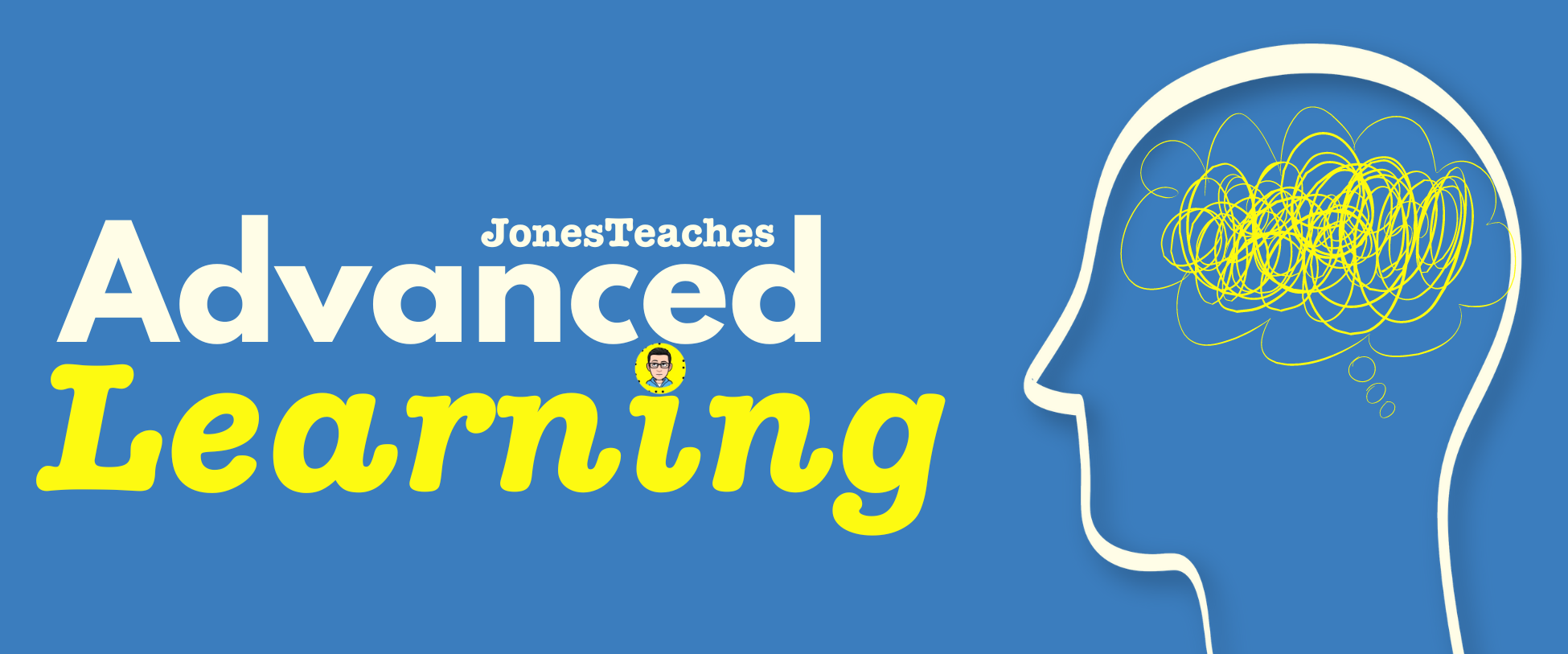
Procrastinating isn’t lazy–it’s human!
Our brains are hardwired to conserve energy. Learning, studying, and writing essays are all high-energy activities. Breaking high-energy activities into low-effort activities can help us complete these high-energy tasks and become more efficient.
Get your cups in a row
Starting a new chapter can feel overwhelming because we don’t know what’s important, so we figure everything is important, and we better take notes and write down everything. This time-consuming strategy usually results in notes that look more like a dictionary, with terms and definitions. The reason it feels so overwhelming is that we are attempting to multi-task some seriously complex mental jumps and working against the natural way our brains work.
Instead, we should break that process down into low-effort rounds.
Round one
Think about the “cups” and structure of how to best organize and represent the content. Think of this round as building a foundation or skeleton for what will become your notes. Keep the focus on the lower-effort task of building an organizational structure.
Round two
Focus on understanding and filling in the details. It is fine and typical for you to change parts of your original structure during this time. Focus first on the lower-effort content and concepts and add a third round for the remaining difficult bits.
Skip the really hard stuff until nothing is left
This strategy takes advantage of the natural way our brains learn. Think about a favorite show, series, video game, sport, music, or dance genre. It is easy to learn something new about that topic because of how much you already know.
The more you learn, the easier it is to learn
So, if you’re going through a chapter in rounds and skipping the harder stuff, by the time you come back around to whatever you skipped, it will feel easier because–the more you learn, the easier it is to learn!
